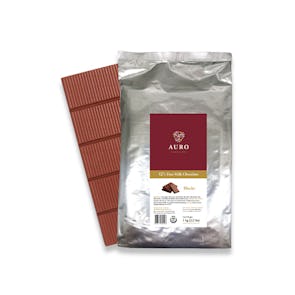
TASTING NOTES FROM THE CURATOR
The Mocha Stout from Mitchell’s Backyard Brewery falls on the sweeter, mellower American side of the stout field. Oat-inclusive, this beer has a mellowness and touch of sweetness to it. Like all stouts, it’s deeply dark, opaque even, with a thick, cream-like foam when poured from the bottle. Chocolate notes hit early on the palate, with the touch of roasted barley lasting throughout. Its bitter tones do not last long, making it ideal for a long evening of drinking.
PAIRINGS
This beer carries you through cheese platters, meaty dinners, and a heavy selection of desserts. The sharper, aged cheeses go well with a stout, and the toasted malts of this brew make it a surprising partner for decadent, saltwater-tinged fresh oysters. For your main course, your options range from hearty stews and smoky roasts or barbecued meats. It goes with creamy mac n’ cheese as well as the Andalusian favorite, La Catedral de Navarra La Fabada de Casa Gerardo. And for dessert, this drink will take you through coffee cakes and tiramisu, pecan pies, and everything chocolate from soufflés to rocky road ice cream.
A ROAST STRONGER THAN PORTER—WITH VARIANTS
The beer we now call the stout was once known as a stout porter, a stronger, heavier version of porter that was popularized in the Industrial Revolution by Guinness. Theirs is an Irish (Dry) stout, with raw, unmalted barley that lends a coffee-like bitterness and creamy mouthfeel.
Of course, there are other, more recent variants—all of them at the traditional approximate 5%ABV marker. Sweet (milk) stouts tend to have faint traces of sugar to fight down the bitterness while oatmeal stouts have a nuttier, lighter taste—and were once marketed as healthy. American stouts are generally considered either sweet or oatmeal stouts or a combination of both. And let’s not forget about the Imperial (Russian) stout, that goes heavier on the hops, malt, and alcohol content (9%) than all the rest—and is a heavy competitor for the redoubled roasted taste of slightly less high-alcohol foreign extra stout (7%).
Storage Instructions
Store beer bottles upright to prevent yeast rings from appearing. They must be kept in a cool, dark place at approximately 13°C. Don’t allow beer to be caught in bright light for long periods of time to prevent it from attaining a “skunky” taste. It is recommended to place your beers in the chiller before serving or drinking. These beers are best enjoyed cold. Consume within 6 months.



